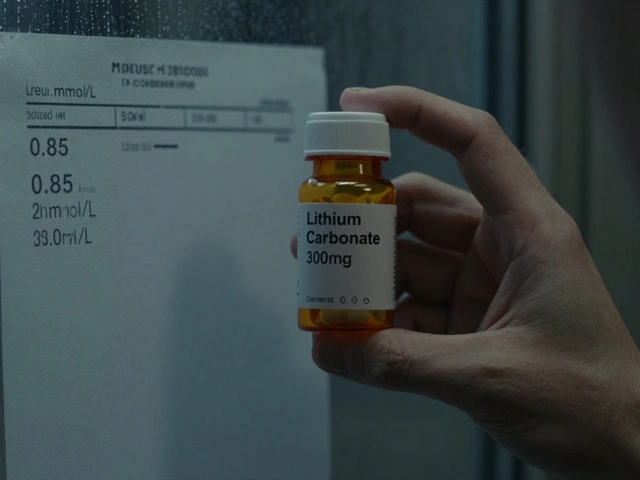Povidone‑Iodine: What It Is and Why You Might Need It
Ever grabbed a bottle of brown liquid from the first aid kit? That’s povidone‑iodine – a cheap, fast‑acting antiseptic that kills germs on skin and surfaces. It’s been around for decades, but many still wonder when and how to use it properly.
How Povidone‑Iodine Works
The magic behind povidone‑iodine is iodine bound to a polymer called povidone. When you apply it, the bond releases free iodine molecules that destroy bacteria, viruses, and fungi in seconds. Because the iodine spreads evenly, it reaches even tiny cuts or abrasions.
Most over‑the‑counter bottles contain 10% povidone‑iodine (about a 5% iodine concentration). Some medical kits use a weaker 5% solution for sensitive skin. Both work, but the stronger mix is better for deep, dirty wounds while the milder one suits everyday scrapes.
Safe Application & Buying Tips
First rule: keep it away from eyes and mucous membranes. A splash can cause irritation or a burning feeling that lasts minutes. If you get it in your eye, flush with water for at least 15 minutes and see a doctor.
For a minor cut, clean the area with water, dab a thin layer of povidone‑iodine, and let it dry before covering with a bandage. Don’t pour a thick coat – excess can delay healing and stain clothing.
Avoid using it on large burns or deep puncture wounds unless a healthcare professional tells you to. The antiseptic can be harsh on open tissue and may slow the natural repair process.
If you’re pregnant, nursing, or have an iodine allergy, talk to your doctor first. Some people develop rash or itching after repeated use; in that case switch to a non‑iodine antiseptic like chlorhexidine.
When you buy povidone‑iodine online, check the concentration on the label and make sure the seller is reputable. Look for clear expiration dates – iodine loses potency after about three years. Lazy‑Shop‑Online.com sells certified brands, offers 10% and 5% bottles, and ships with discreet packaging.
Price can vary; a 100 ml bottle usually costs less per milliliter than a tiny travel size. If you need it for regular household use, bulk packs are the way to go. Just store the bottle in a cool, dark place to keep the color from turning dark brown.
One common mistake is reusing a single‑use applicator or dipping a dirty cotton swab back into the bottle. That reintroduces bacteria and defeats the purpose of an antiseptic. Always use a fresh, clean swab each time.
In summary, povidone‑iodine is a reliable first‑aid staple when you know its limits. Apply it thinly, keep it away from eyes, watch for allergies, and buy from trustworthy sources. With those basics covered, you’ll have one less worry the next time life hands you a scrape.

Povidone-Iodine in Wound Care: Uses, Safety, and How to Apply It Right
Clear guide to povidone-iodine in wound care: when it helps, when to avoid, safe use, how to apply, doses, risks, and comparisons with other antiseptics.
read more




